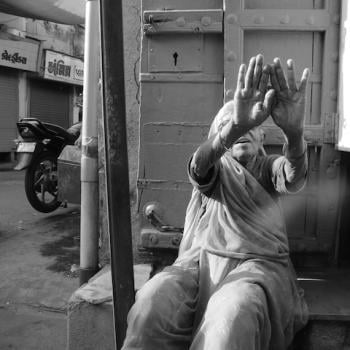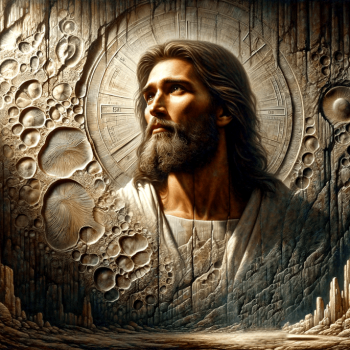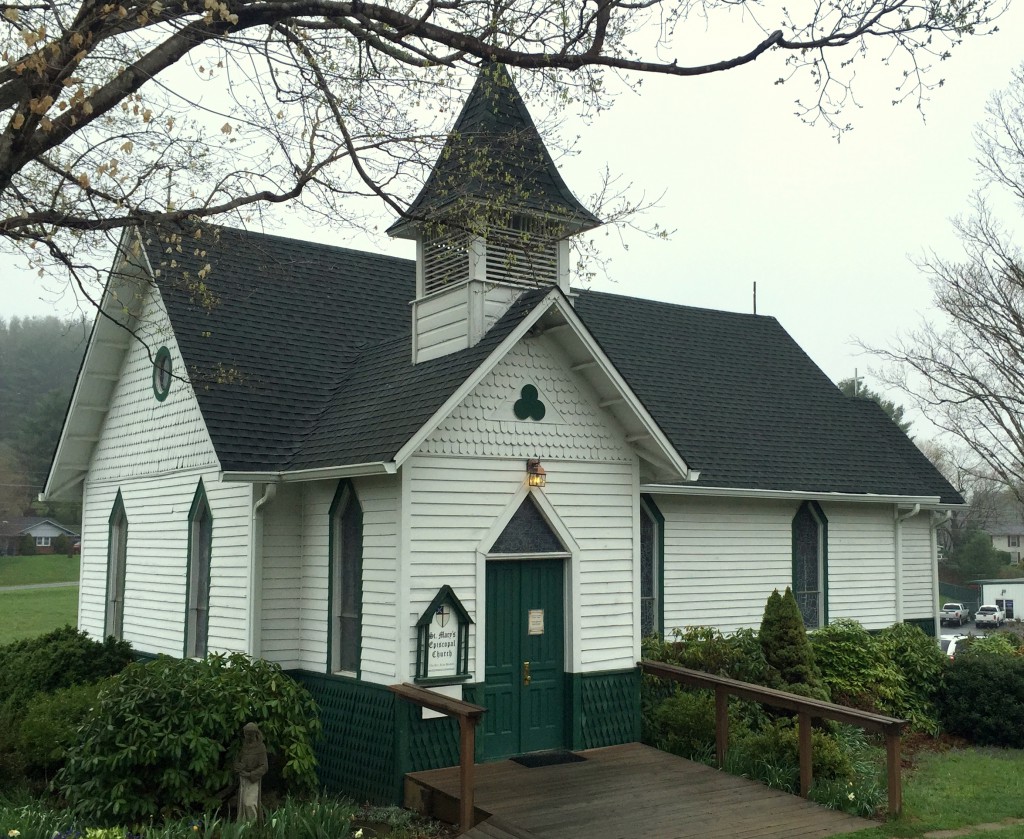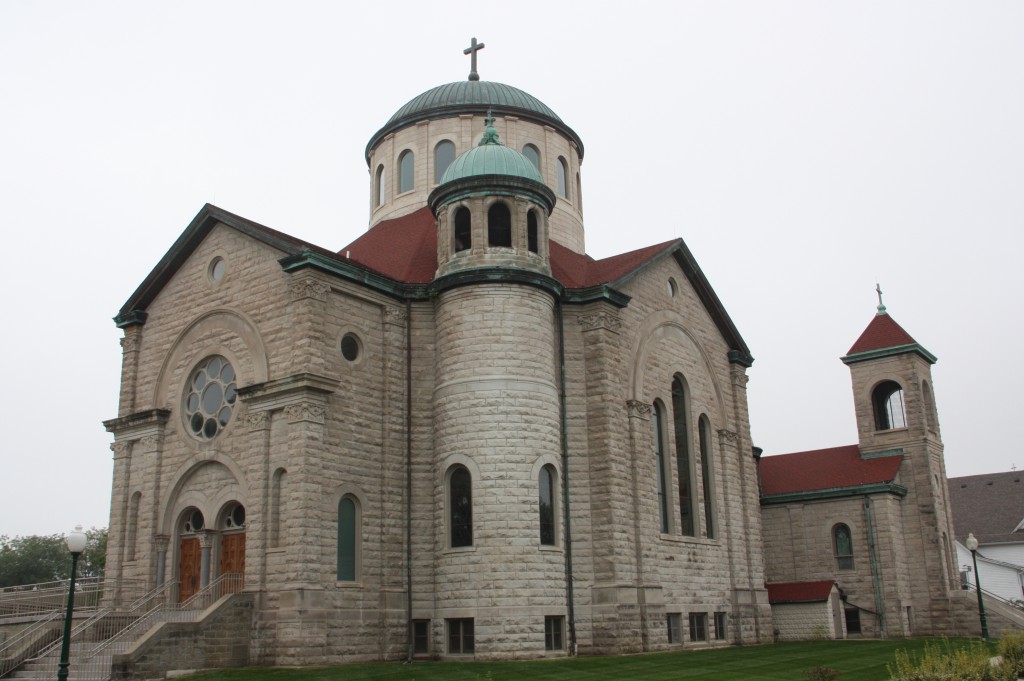
Let me begin by thanking everyone who left such thoughtful comments on my previous blog post about the death of my friend Teri. I always learn from you and appreciate your insights–my gratitude goes to Susan, Rebecca, Mississippi Pilgrim, Jim, Anne, Darcy, and Annechien, and to those who sent private notes as well.
Turning to happier subjects, today’s post is an excuse to post some beautiful pictures.
If you’re like me, you’ve probably heard of Tiffany stained glass windows but never given much thought to what makes them unique. So I was pleased to get the chance to visit St. Luke’s United Methodist Church in Dubuque, Iowa, which has a splendid collection of stained glass windows designed by Louis Comfort Tiffany. Comparing your run-of-the-mill stained glass window to a Tiffany one is (with a hat tip to Mark Twain) like confusing a lightning bug with lightning.
Louis Comfort Tiffany became fascinated by stained glass while touring the Victoria and Albert Museum in London in 1865. What he saw there made him realize that the quality of contemporary stained glass windows was far inferior to those created in the Middle Ages (and anyone who’s seen the windows at Chartres Cathedral or Notre Dame in Paris would agree). During Tiffany’s time, most stained glass was made by cutting transparent glass into shapes and then painting colors on their surface. Tiffany experimented with various techniques to try to improve the process, saying he wanted to “paint pictures using only glass and light.”
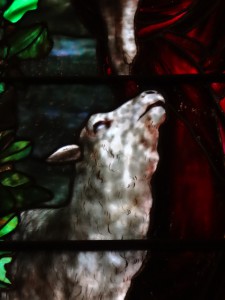
Tiffany is credited with revolutionizing the craft of stained glass, achieving levels of artistry that are unrivaled to this day. While the glass was still in molten form, he manipulated and shaped it, creating a variety of textures. He also developed techniques for creating sheets of opalescent glass in a wide variety of shades. In the final process, the window would be formed from multiple layers of glass, blending surfaces and colors in a way that made the figures almost three-dimensional. He founded a studio that created thousands of windows across the U.S.
I’d never had the chance to study Tiffany windows in detail before I visited St. Luke’s, and I found their color, delicacy and vibrancy amazing. Particularly intriguing is how the faces in Tiffany windows often have a brighter luminosity than the rest of the window, even on a day of little sunshine.
Of all the windows in the church, the Good Shepherd window is the showpiece. The window was created for the Columbian Exposition of 1893, and Tiffany is said to have considered it his finest creation in glass. Jesus is pictured against a background of many hues of green, while his face and the figures of several sheep glow with soft light.

The Good Samaritan window, installed in 1916, is another masterpiece, created with deep purple and lavender shades. It shows the Samaritan tenderly cradling the injured man, wrapping his cloak around him for protection. I also loved the “Angel Among the Lilies” window above the altar, a piece given by the Richardson family in 1896 in memory of their 18-year-old daughter. Each lily petal is a separate piece of glass with a different texture, so that they refract the light at a different angle.
On my tour, our guide pointed out the differences between a Tiffany window and one by a lesser artist that was installed in the back of the church. Compared side by side, the two windows have striking differences, making it easy to see why Tiffany creations are so highly prized.
St. Luke’s was founded in 1833, making it Iowa’s oldest congregation. The present Romanesque building was finished in 1897 and included five large and 90 small Tiffany windows. Two additional windows were added in 1916 and another two in the 1930s. Between 1999 and 2002, the church spent nearly $1 million in restoring the sanctuary’s eight large windows.
I think the money was well-spent.



